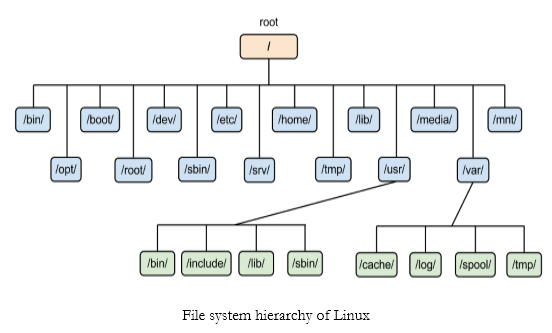Introduction
In the ever-evolving landscape of Linux, efficient package management is a cornerstone for maintaining a stable and secure system. Whether you are a seasoned Linux user or a newcomer, understanding how to install and update software through package management is crucial. This blog post delves into the intricacies of package management in Linux, offering insights into the tools and techniques that empower users to effortlessly handle software installation and system updates.
I. Understanding Package Management
What are Packages? Packages are bundles of software that include the application code, libraries, and dependencies required for the software to function correctly. Linux distributions utilize package management systems to simplify the process of installing, updating, and removing software.
Package Formats Different Linux distributions use distinct package formats. For instance, Debian-based systems (like Ubuntu) commonly use Debian Package Manager (DPKG) and Advanced Package Tool (APT), while Red Hat-based systems (such as Fedora) employ Yellowdog Updater, Modified (YUM) or DNF (Dandified YUM).
II. Installing Software
Using Package Managers Linux package managers provide a convenient way to install software. APT, YUM, and DNF are popular package managers, each with its set of commands. For example, using APT on Debian-based systems:
bashCopy code
sudo apt-get update sudo apt-get install package_name
Manual Installation In some cases, software may not be available in your distribution’s repositories. Manual installation involves downloading the software package and installing it using commands like make and make install. However, this method may lack dependency resolution, making it less preferable than using package managers.
III. Updating Software
Regular Updates Keeping your system up to date is essential for security and performance. Package managers simplify this process by fetching the latest versions of installed software and updating them along with their dependencies.
Automatic Updates Many Linux distributions allow you to set up automatic updates. This ensures that your system remains current without requiring manual intervention. However, users should exercise caution, especially on production systems, to avoid unexpected issues caused by automatic updates.
IV. Resolving Dependency Issues
Dependency Hell One of the challenges in package management is dealing with dependency issues, commonly referred to as “dependency hell.” This occurs when installing or updating software requires dependencies that conflict with existing packages. Package managers are designed to resolve these conflicts automatically, but users may need to intervene in some cases.
Forced Installs In certain situations, users may need to force the installation of a package despite dependency conflicts. While this should be done cautiously, using the --force option with package manager commands can override dependency checks. However, this approach is not recommended unless absolutely necessary, as it may lead to an unstable system.
V. Uninstalling Software
Package Managers Uninstalling software is as important as installing it. Package managers simplify this process by automatically removing software along with its dependencies, ensuring a clean and efficient system.
Manual Removal In cases where software was manually installed without using a package manager, removing it manually becomes necessary. This involves locating and deleting the relevant files and directories. However, this method lacks the tracking and dependency resolution provided by package managers.
VI. Exploring Package Repositories
What are Repositories? Linux distributions maintain repositories, centralized locations where software packages are stored and can be easily accessed and installed. Understanding how to manage repositories is crucial for expanding the range of available software on your system.
Adding and Removing Repositories Users can add or remove repositories to access different software packages. This process involves editing configuration files or using dedicated commands provided by package managers. Adding a repository can grant access to bleeding-edge software or packages not included in the default repositories.
VII. Security Considerations
GPG Signatures To ensure the integrity and authenticity of packages, Linux package managers use GPG (GNU Privacy Guard) signatures. These signatures verify that the packages were signed by the legitimate maintainer and have not been tampered with. Users should always pay attention to GPG key warnings and avoid installing unsigned packages.
Official Repositories Whenever possible, stick to official repositories provided by your Linux distribution. These repositories are maintained by the distribution’s maintainers and are subjected to rigorous testing, reducing the risk of compromised or unstable software.
Conclusion
Efficient package management is a fundamental skill for Linux users, enabling them to seamlessly install, update, and remove software while maintaining system stability. By mastering package management tools and understanding the underlying principles, users can navigate the dynamic Linux ecosystem with confidence. Whether you are a desktop user or a system administrator, the ability to harness the power of package management is key to a smooth and secure Linux experience.


